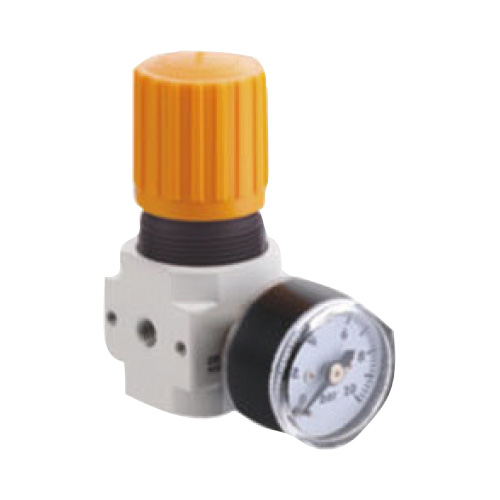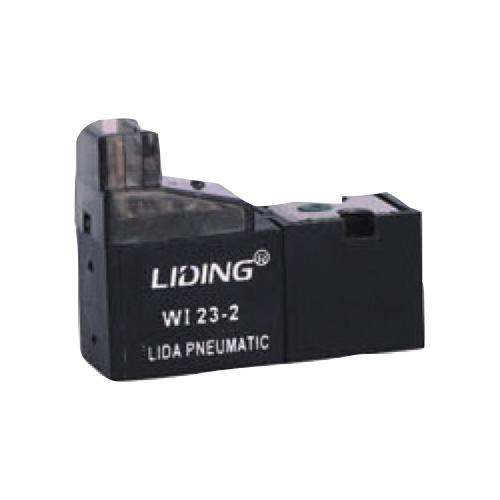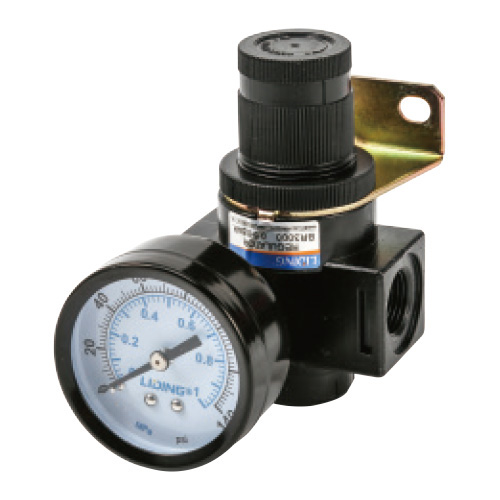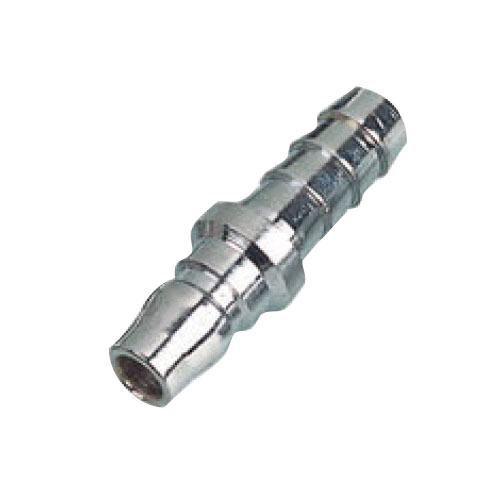Precautions For Use of Control Valve 5/2 Way Pneumatic Valve
In a number of different industries, pneumatic valves a […]
In a number of different industries, pneumatic valves are common. From pharmaceuticals and medical devices to corrugation and automation, pneumatic valves are useful tools that can make the process go quickly and efficiently. They are easy to operate and reliable and can resist a wide range of fluids and gases.
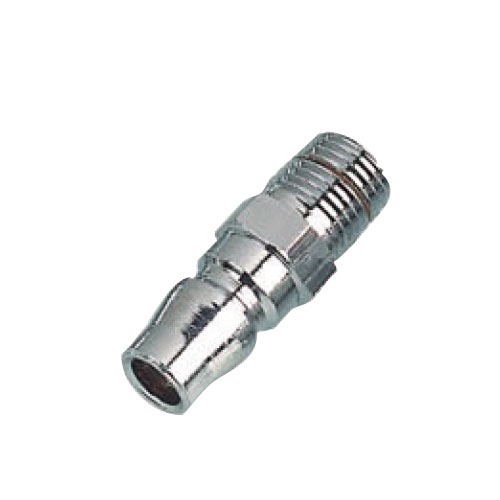
The main consideration when using a valve is to check its function and to be sure that it is installed properly. If the valve is faulty, it can cause a number of problems. For example, it may be difficult to close the valve if it is blocked with foreign matter. For this reason, it is important to thoroughly clean the pipeline before installing the valve.
The valve's seal may fail, which can lead to pressure drop in the control stroke. A cracked diaphragm can also cause the solenoid valve to shift, which can pose a safety risk. It is also important to maintain proper air pressure. If you notice a continuous air leak from the regulator bonnet, it's a good time to replace the valve. Fortunately, overhaul kits are available for most standard regulators.
One of the most common uses of a pneumatic valve is in automation cells. These machines use enormous quantities of compressed air to automate massive machinery. Before electronics made it possible to connect everything to a computer, pneumatic valves were the way to go. Unlike today's complex machines, packaging machines could operate without any electrical wire, cycle endlessly, and require no more than a palm button to initiate.


